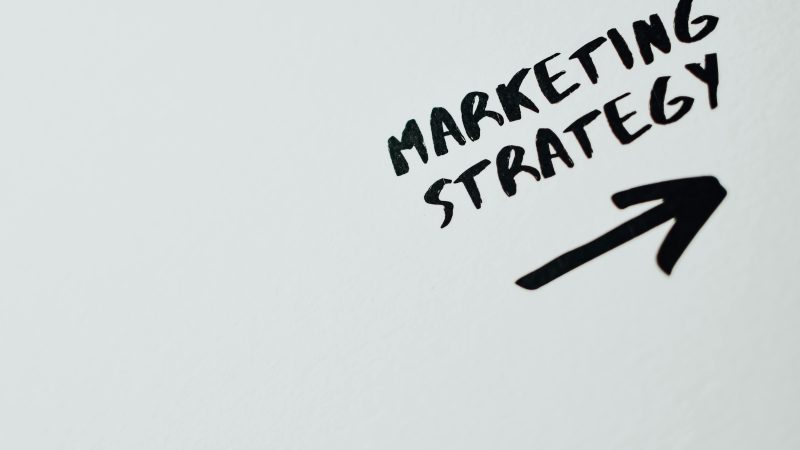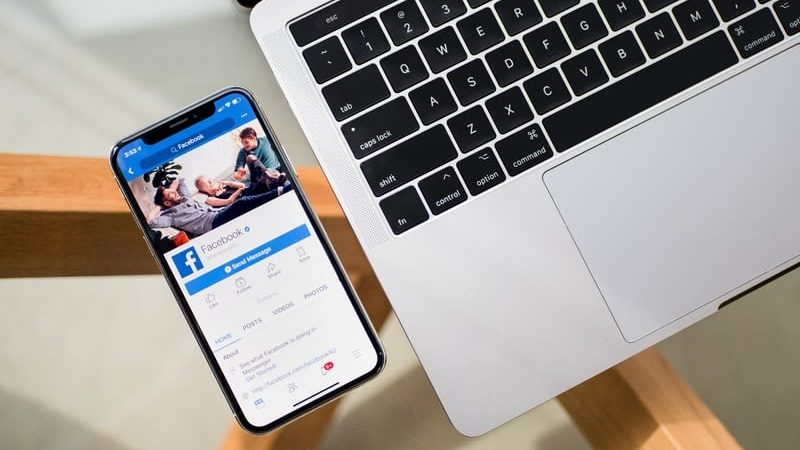Social Media Graphic Design Tips + Tools

You can also search through libraries of free images to spice up your content. Both Canva and Adobe Spark offer paid plans. But if you’re not ready to invest quite yet, the free plans should be more than enough. To help you achieve your graphic goals. If you prefer to find free images on your own and bring them into your graphic editing software. Sites like Pixabay, and Unsplash offer free images and graphics in nearly every category.
Business:
So if you need a picture of a dump truck, you can probably find a free one. Keep in mind that these are popular sites. So if you find an image you really like, it’s possible that another business like yours also found that image.
- Understand Platform Guidelines:
- Different social media platforms have different image size requirements. Be aware of these specifications to ensure your graphics display correctly.
- Consistent Branding:
- Maintain a consistent color scheme, typography, and overall style to reinforce your brand identity across all social media channels.
- Clear and Concise Messaging:
- Keep your message clear and concise. Use attention-grabbing headlines and captions that communicate your main points effectively.
- Use High-Quality Images:
- Use high-resolution images to maintain professional quality. Avoid pixelation and ensure your graphics look sharp on all devices.
- Contrast and Legibility:
- Ensure text is easily readable by using appropriate contrast between text and background. Choose legible fonts and consider the size of your text.
- Visual Hierarchy:
- Establish a clear visual hierarchy to guide viewers through your graphic. Use size, color, and positioning to highlight important elements.
- Engaging Imagery:
- Use eye-catching visuals that resonate with your audience. High-quality, relevant images can significantly enhance the impact of your graphics.
- Whitespace:
- Don’t overcrowd your design. Incorporate whitespace strategically to give your graphics a clean and uncluttered look.
- Mobile-Friendly Design:
- Given the prevalence of mobile users, design graphics that look good and are easily readable on smaller screens.
- Experiment with Trends:
- Stay updated on design trends but ensure they align with your brand. Experimenting with trends can help your graphics feel current and engaging.
Tools for social media Graphic Design:
- Adobe Creative Cloud:
- Photoshop: For advanced photo editing and manipulation.
- Illustrator: Ideal for vector graphics and logo design.
- Spark: A user-friendly tool for creating social media graphics, web pages, and short videos.
- Canva:
- An easy-to-use online tool with a wide range of templates for social media graphics. It’s great for beginners and those without graphic design experience.
- PicMonkey:
- A web-based design tool that allows you to edit photos, create collages, and design social media graphics.
- Crello:
- Similar to Canva, Crello offers a variety of templates and design elements for creating social media graphics.
- Snappa:
- A simple yet powerful graphic design tool with pre-made templates suitable for various social media platforms.
- Piktochart:
- Primarily known for infographics, Piktochart also offers tools for creating engaging social media graphics.
- Stencil:
- A quick and easy tool for creating graphics, particularly designed for social media sharing.
- Venngage:
- Ideal for creating infographics and engaging visual content for social media.
Remember to tailor your approach based on your specific audience and goals. Regularly update your graphics to stay relevant and keep your content visually appealing.






